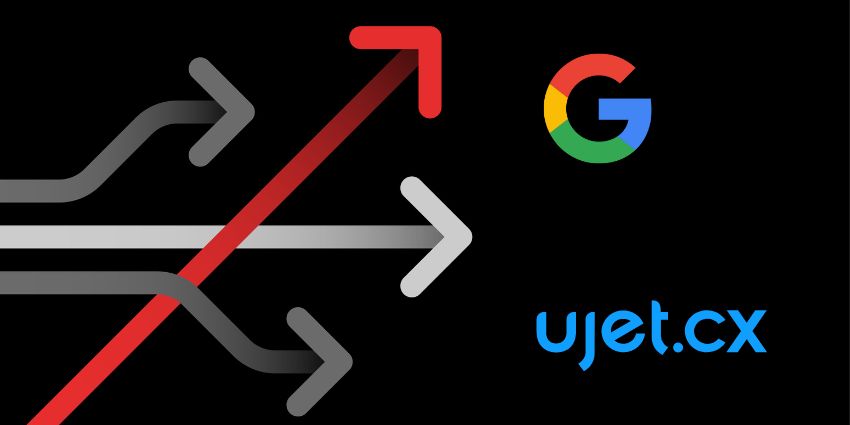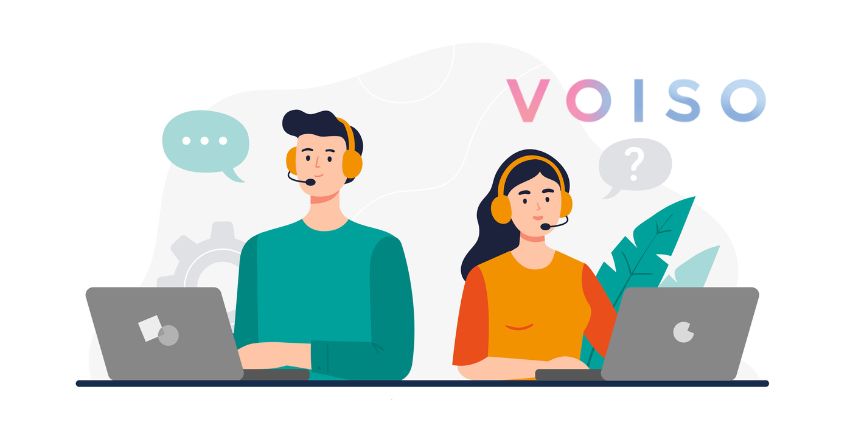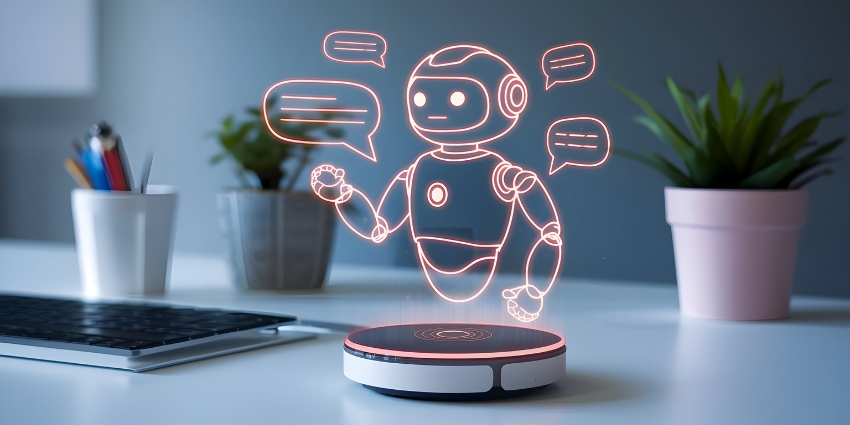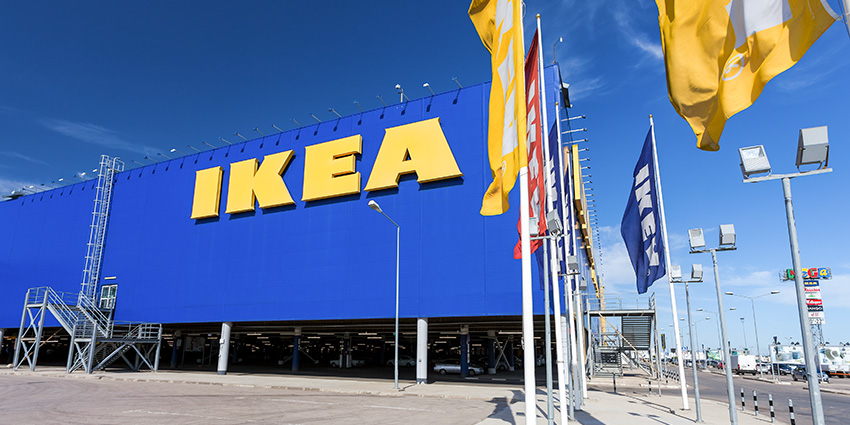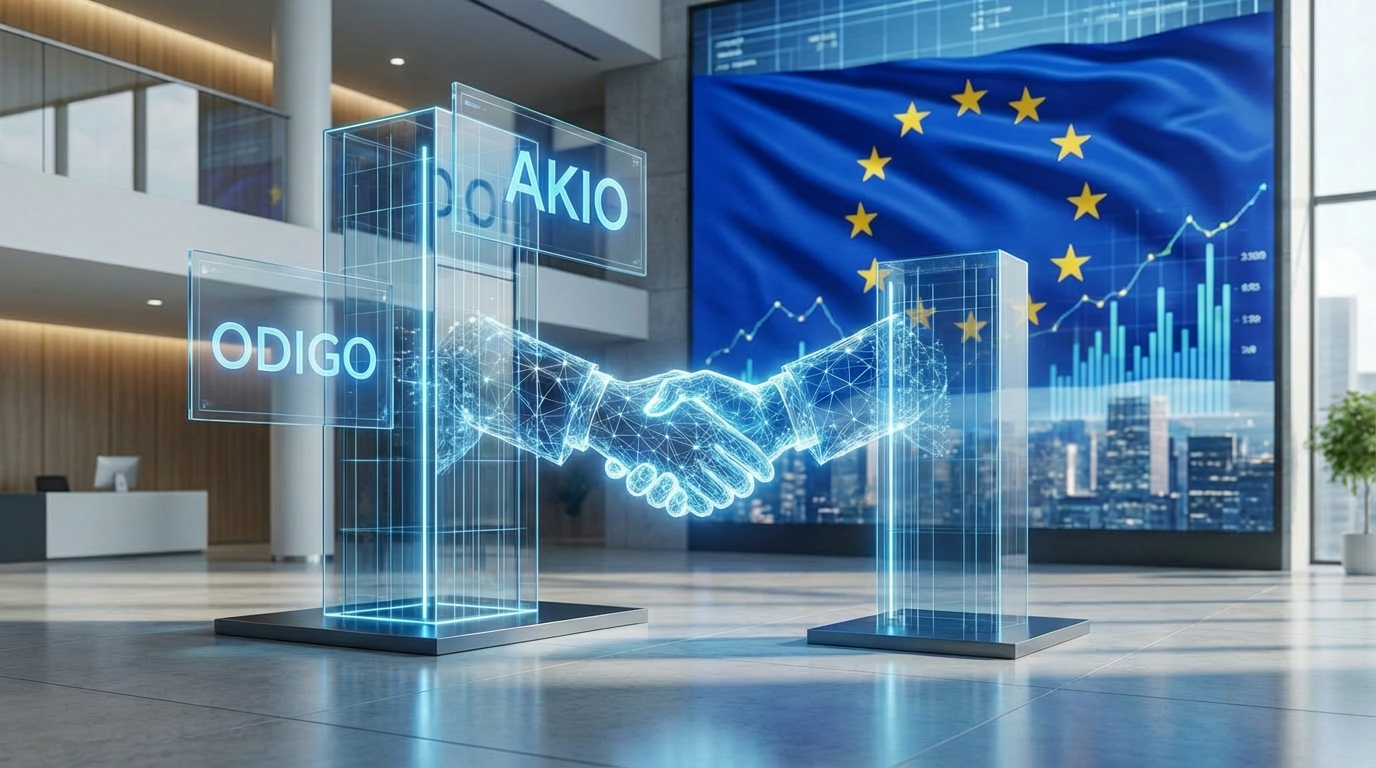Of all the big-name entrants in the CCaaS space, Google has kept the lowest profile.
There have been no headline-stealing statements, only murmurings of megadeals and scarce broadcasts of its contact center innovations.
Yet, despite this, its Google Contact Center AI platform is perhaps the most sophisticated new-entrant offering and its approach the most exciting.
Most importantly, it’s also resonating with enterprise end-users. For instance, OneUnited recently celebrated the ROI it achieved with the platform.
Indeed, Teri Williams, President & COO at OneUnited Bank, highlighted how Google allowed it to drive towards “exceptional client experiences.”
The bank is one of the many enterprises that first implemented the Google Contact Center AI Suite – the predecessor to the fully-fledged CCaaS platform.
The suite offered the foundational elements of AI – including chatbots, agent-assist, and analytics – and many brands implemented it to augment their service operations.
Thanks to that pioneering solution, Google is already in many service operations, and now – with its fully-fledged CCaaS solution – it aims to expand its contact center business.
The CCaaS Opportunity
Google’s shift to CCaaS was far from a foregone conclusion. “We understood the complexity of contact centers and went through many lengthy cycles,” admits Amit Kumar, CCaaS Product Manager at Google.
However, over time, these cycles accelerated with increasing excitement from customers of The Google Contact Center Suite. Kumar added:
“We pioneered the contact center AI market six years ago, and this is a natural progression for us to evolve and meet customers where they are.”
Kumar also isolated three additional motivators behind the move:
1. The Increasing Pace of Innovation at Google – Many vendors were not ready to pull its technology into their ecosystems. Yet, Google wanted customers to harness its solutions as they came to market. It craved the ability for customers to drop innovations into their environments on-the-fly. Google’s cloud-native platform enables this – as evident in the launch of its Generative AI App Builder.
2. The Changing Role of Customer Service – Google anticipates increased investment in customer service innovation. Why? Because – following the pandemic – businesses realize contact centers are make or break, and their operations do not align with how consumers communicate with friends and family. They are not ready for multi-modal interactions. Google aspires to change that.
3. The Limitations of CCaaS Rivals – Financial issues, stilted innovation, product shutdowns, brands forcing customers to choose particular cloud models… these are just some of the problems Google has spotted across the contact center space. As such, the enterprise tech stalwart sees an opportunity to offer increased dependability, flexibility, and trust.
According to Kumar, each of these trends gives Google an upper hand in the contact center. He said:
“We’re here to disrupt the market with AI innovation that goes far beyond bots, a user-first approach, and a cloud-native architecture. We are really well-positioned.”
Of course, many other CCaaS providers will claim to leverage AI, prioritize user experiences, and deliver a cloud-native platform. Yet, there are other notable features within the solution that seem to be significant differentiators.
The CCaaS Differentiators
Here are three differentiating features that may help Google seize the CCaaS opportunity.
1. Scale, Security, & Reliability
Kumar suggests that most companies have not shifted to CCaaS, and the stats back him up. Indeed, little more than a fifth of businesses have migrated – as per Metrigy research.
That stat may surprise many. Yet, Kumar believes there are three core reasons behind the slow CCaaS transition: security, scale, and reliability.
Recognizing this, Google designed its CCaaS platform with these three pillars in mind.
Consider scale. It runs on Google Kubernetes Engine (GKE). Noting this, Kumar stated:
“It’s built from the ground up, in the cloud. It’s not taking servers from an on-prem data center, migrating that to the cloud, and using another computer to run it there.”
As a result, each component is scalable, which is critical in service operations where erratic demand is the norm.
In terms of reliability, Google will soon launch a multi-region capability, which will allow the platform to run automatically in multiple locations across the globe and across various clouds.
Finally, consider security. Google does not store any data within its CCaaS platform, everything gets encrypted (in transit and at rest) and pipes through to the business’s system of record.
Also, it has virtual support, CMAC authentication, and more unique features that Google is known for. The platform inherits all of those.
2. A Mobile-First Architecture
“We are laser-focused on delivering a personalized, contextualized experience to the end-user through a mobile-first architecture,” said Kumar.
A massive part of that for Google is blending the conversational experiences people have in their personal lives with those they have in the contact center.
For instance, when a customer phones a business, they should be able to exchange photos and gain new context. Google has wrapped its CCaaS proposition around that philosophy.
Another excellent example of this mobile-first architecture is in identification and verification (ID&V).
Here, Google can securely tap into IOS and Android devices, check via face or fingerprint ID, and automate the process for the agent.
By offering such capabilities, Google strives to push omnichannel further. As Kumar concluded:
“In contact centers, we talk about omnichannel. Yet, by unifying voice, video, images, and everything together, we’re taking this concept further and blending these mediums.”
3. Native AI
As Kumar stresses: “Many of the biggest CCaaS players use our technology for everything AI-related.”
Recognizing this, Google will have a head start over many of its competitors in AI innovation. Moreover, the vendor has more control over its feature releases, roadmap, and integrations.
One such release, which end-customers often praise, is its routing engine. This is not ruled-based. Instead, it leverages AI and machine learning (ML) to deliver contacts and maximize outcomes.
As such, it adds another level of intelligence, so customers can route based on performance, intent, demographic, and other types of data.
Another example is using AI to run through transcripts, delivering quality management functionalities while creating personalized agent coaching objectives.
Finally, Google is removing the language barrier from the contact center. Kumar shared an example:
“Already, a Japanese customer can engage with an English agent in their native tongue across digital channels, with a specialized translation engine in the middle. Soon this will be ready for voice.”
By comparison, a rival CCaaS vendor is two years away from releasing this capability.
The Upcoming CCaaS Innovation
Alongside voice translation tools, Kumar promised many more contact center innovations are in the pipeline – recommending those interested sign up for August Google Next.
Attendees can expect the launch of more AI innovation – with an emphasis on generative AI – alongside several other exciting announcements and customer stories.
According to Kumar, many of the announcements will fixate on leveraging the power of Google’s portfolio, which includes Workspace, Voice, and Duplex. Each may add value to service operations.
Yet, Google is also thinking outside of the box, considering how it can leverage its search engine – where most contact center journeys start. After all, that is where customers search for a brand’s contact details.
Discussing this possibility, Kumar said:
“A customer searches for a product, and it displays an option at the top of the page. Customers can talk directly to the retailer’s contact center if they have a question. That way, the entire service experience for customers and agents happens on Google. That is another unique differentiator.
“That is how we’re thinking, merging lots of the journeys happening on various Google properties and bringing those into the contact center.”
Google may also use Dialogflow to support these journeys. With generative AI, it may dip into the knowledge base and answer customer questions autonomously.
Next, consider Gmail. With this, Google does not have to build on email as a channel like everyone else; it may utilize a platform that already has 1.8BN users.
In doing so, it may accelerate the innovation curve. For instance, perhaps a contact center that wants to send a proactive email to a customer from a back-end system, informing them of a delay. Google may allow that business to add a chip to the top with additional contact details, a tracking map, or something else.
Not only is that another excellent innovation, but it exemplifies how Google may improve end-user experiences by tying together the capabilities within all the properties it already has.
The Power of Partners
Google always understood the complexity of CCaaS. That drove its desire to move fast and build an expert partner base to hit the ground running.
Other market entrants have come unstuck here. After all, the vendors who typically deploy adjacent technologies – such as a CRM, UCaaS, or conversational AI solution – are not contact center experts. As such, building the best partner network is critical.
Yet, Google showed foresight and started its CCaaS journey by partnering with UJET, the CCaaS leader in customer NPS (as per G2).
Kumar also revealed that Google had already invested in the business, which runs on its cloud and leverages many of its enterprise technologies.
“The commitment to security, scale, and reliability aligned,” he said. “We felt great about their product design, the architecture. It met with our user-focused vision of CCaaS.
“UJET gave us the support to go to market quickly and build our credibility.”
“With tricky contact center workloads, we wanted to partner with experts that had a similar design, thinking, and culture.”
That ability to deal with complexity is critical for Google to expand its enterprise contact center presence, and UJET has that expertise.
At one point, the vendor powered the world’s largest cloud contact center – giving UJET a treasure troth of understanding, flexibility, and reach to share.
With these foundations, Google has introduced a contact center marketplace, planned an expansion, and extended its broader partner base.
As such, the Google CCaaS empire now has the base to grow much faster in the coming months.
The Future Outlook
Before looking ahead, Kumar reflected as the Google Contact Center Platform’s first birthday approaches.
“I was super excited, almost surprised, by the reception we received from the market,” he said.
“Our message really started to resonate, to have a cloud platform that gives them innovations on day one, with bi-weekly releases and solutions we drop on-the-fly.
“After only the first few quarters, we have many customers already in production, with lots of large deals in the pipeline, which we will publish soon.”
As these deals come to light, expect Google’s marketing plans to ratchet up and the Google Contact Center AI platform to enter the mainstream CCaaS conversation.
Moreover, Kumar stated:
“By the end of the year, our goal is to have the platform available in 30 countries, with the right, expert, dependable services available.”
However, with Google, the question will always be: will it grab the opportunity with both hands? If it does, the CCaaS market may have its next big player.
Eager to learn more about how you can leverage the Google Contact Center AI platform with UJET’s support? If so, visit: https://ujet.cx/googlecontactcenter
